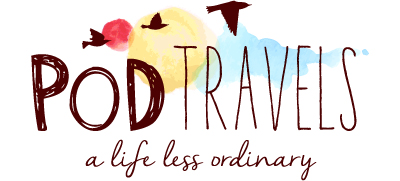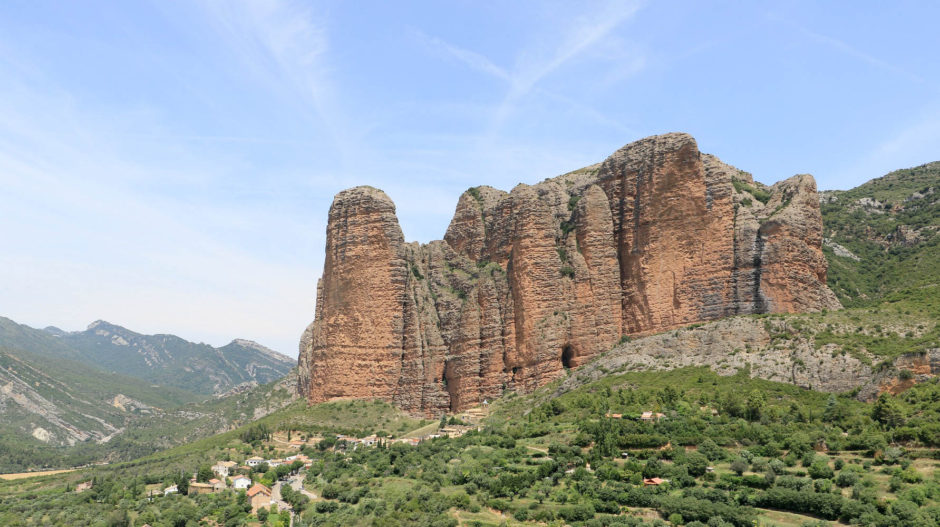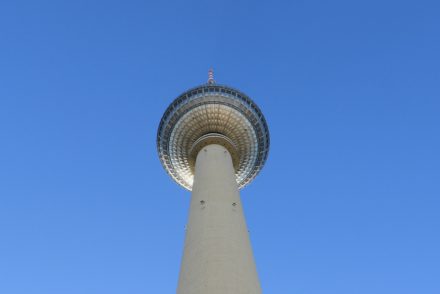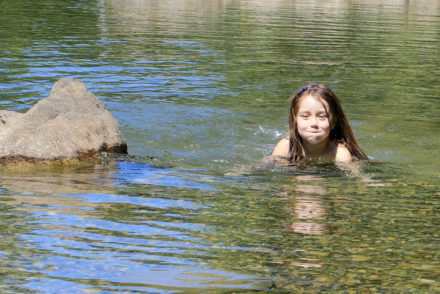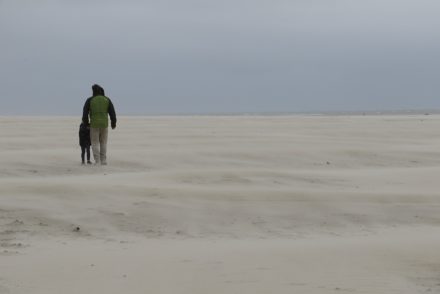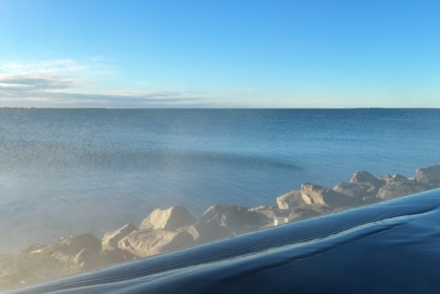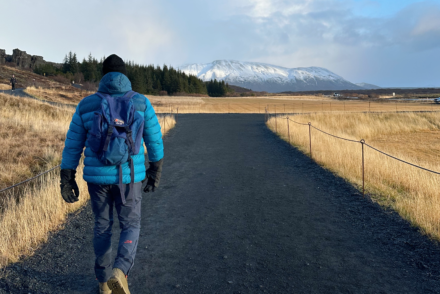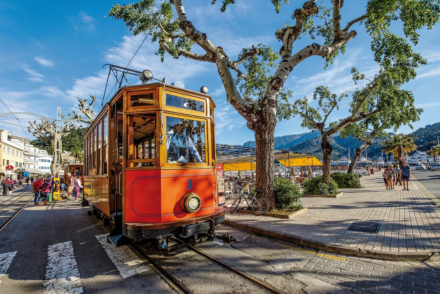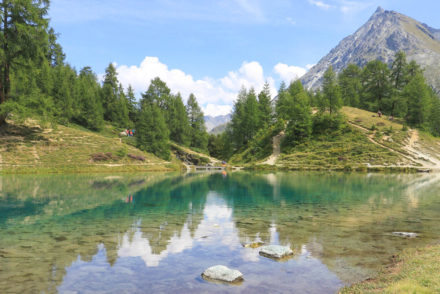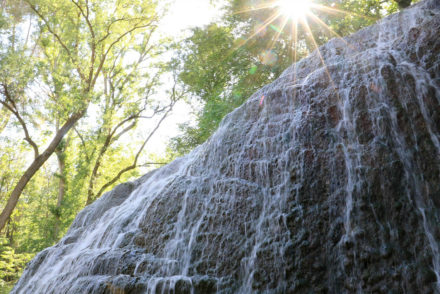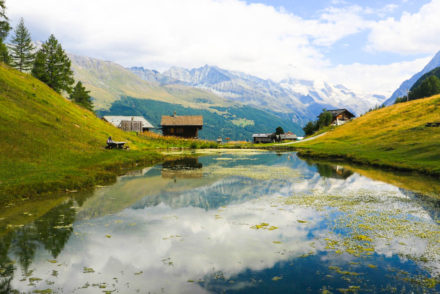It’s remarkable how diverse the Aragon region in the north east of Spain is. Our morning was spent exploring one of the most well preserved castles in Europe before admiring these staggering rock formations which tower above the trees. After we’d enjoyed a gastronomic feast at the magnificent Real Posada de Liena, it was time for white water rafting! Thankfully we had time to let our food go down as we got all the necessary gear on before heading to the Gállego river.
There were 8 of us in the boat who sat either side of it, except for our UR Pirineos instructor who was positioned centrally at the back. Kicking off in the calmer waters, our first challenge was to learn how to paddle – in sync with each other! As you can imagine it took a few minutes to veer in the right direction rather than round in circles. The basic commands, in this case anyway, were “forward” which means everyone paddles backwards (sounds confusing but it’s really not) and “left forward” or “right forward” which means only the left or right side paddles until they’re told otherwise. To go backwards, we just had to paddle forward. The most important command was “rock and roll” which meant kneel down as fast as possible and crouch down. It was used if we were heading off course or towards a rock as a safety measure. Once we heard “positions” we could return to where we were sitting – each of our paddles held in a ‘safe’ position.
Rapids are classed from 1 to 6 on what’s referred to as the International Scale of River Difficulty. We started with class 2 rapids which were fairly wide with rocks and medium sized waves. The class 3 rapids had more irregular waves with the terrain more challenging. What I really enjoyed about our afternoon white water rafting was that we had the thrill of the rapids but with calmer waters in-between. This meant we could take a dip and from the water take in the spectacular views of the Mallos de Riglos – these being the aforementioned rock formations. The river was unsurprisingly cool but wearing a wet suit meant we never got cold and it was so refreshing!
The atmosphere had been relaxed and a lot of fun up to that point. In fact, I can’t remember the time I laughed as much as I did. Understandably our safety briefing, before tackling the unpredictable class 4 rapids, was a fairly serious affair. These rapids are much narrower with lots of hidden rocks, they’re quicker too with the larger waves and currents making them more challenging to navigate. With years of experience under his belt, our instructor wanted us to take a specific route to ensure none of us fell out. We learned if someone did come out of the boat, the safety team would throw a line to pull them in if they couldn’t get back. We were also told what we’d need to do if the boat flipped over which we really hoped it wouldn’t! With all the ‘what if’ scenarios covered off, and the safety team in place, we were ready!
If you want to see what happened, do check out this short film I made of our white water rafting exploits. It includes footage from class 2 and 3 rapids along with the the class 4 rapid we tackled. The route we took is suitable for adults and children over 10 except the class 4 rapid where the minimum age is 14. Children as young as 6 can have a go at white water rafting though albeit in the calmer waters you can see at the end of the film. UR Pirineos has various options available for families whether it be an afternoon white water rafting or a programme of activities over a few days that includes kayaking, canoeing, canyoning and sightseeing. If you want to see what else you can do in the Huesca, Zaragoza and Teurel provinces, do check out our Top 10 things to do with kids in Aragon post.
Disclaimer: This trip was organised by the Spanish Tourist Board (who covered the costs of flights, accommodation & meals) and BritMums. Opinions are as always our own.
